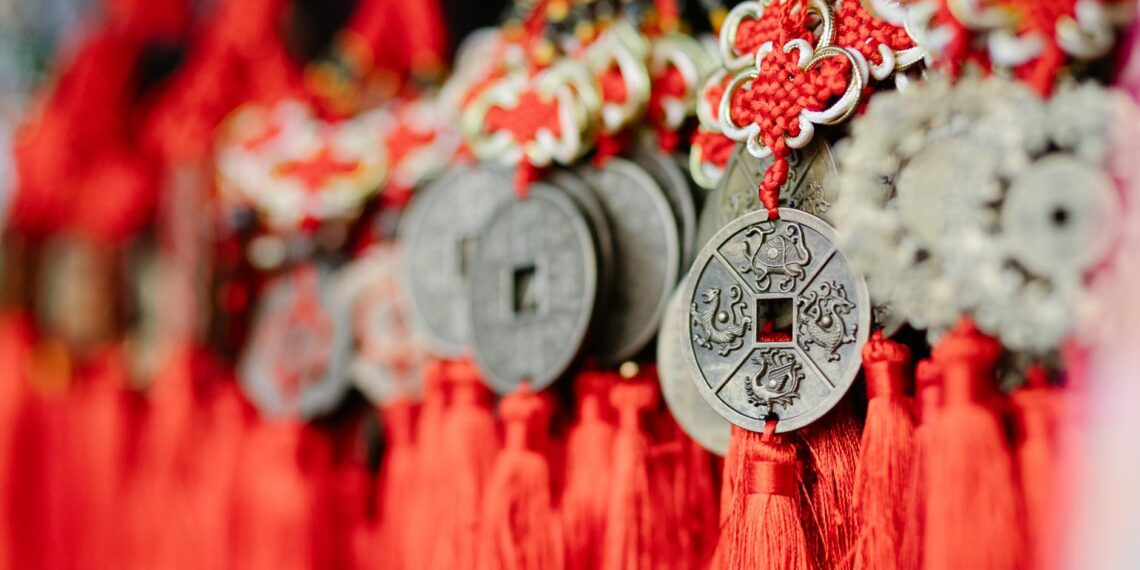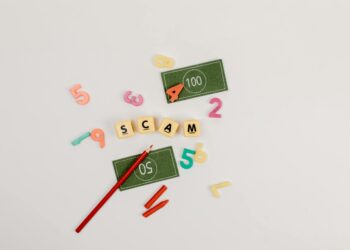Coin collecting, also known as numismatics, involves a specialized vocabulary to describe coins and their characteristics. Here’s a glossary of common terms:
- Obverse: The front or “heads” side of a coin, often featuring a portrait or primary design.
- Reverse: The back or “tails” side of a coin, usually displaying the denomination and other designs.
- Edge: The outer border of the coin, which can be plain, reeded (grooved lines), lettered, or decorated.
- Rim: The raised outer edge on both sides of the coin, protecting the design from wear.
- Field: The flat, background area of a coin that is not part of the design or inscription.
- Device: The main image or element of the coin design, such as a portrait or emblem.
- Legend/Inscription: The main lettering or words inscribed on the coin.
- Motto: A phrase or slogan on a coin, such as “E Pluribus Unum” on U.S. coins.
- Mint Mark: A small letter or symbol indicating the mint where the coin was produced (e.g., P for Philadelphia, D for Denver).
- Relief: The raised parts of the design on the coin’s surface.
- Incuse: The opposite of relief, where parts of the design are impressed into the surface.
- Denticles: Tooth-like raised features just inside the rim, common on older coins.
- Grade: A rating that indicates the physical condition of a coin, reflecting its wear and preservation.
- Sheldon Scale: A 70-point numerical grading system used to evaluate coin condition, ranging from 1 (Poor) to 70 (Perfect Uncirculated).
- Uncirculated (Mint State): A coin that has never been used in circulation and shows no wear.
- About Uncirculated (AU): A coin with only a trace of wear on its highest points, still retaining some luster.
- Extremely Fine (XF/EF): A coin with light wear on the highest points, but all major details remain sharp.
- Very Fine (VF): A coin with moderate wear, but all major details are clear.
- Fine (F): A coin with moderate to considerable wear, but the entire design is still visible.
- Very Good (VG): A well-worn coin with main features clear but flat.
- Good (G): A heavily worn coin with the design visible but faint in areas.
- Poor (PO): The lowest grade, where the coin is heavily worn and barely identifiable.
- Luster: The original shine and brilliance of a coin, reflecting light off its surface.
- Toning: The color that develops on a coin’s surface over time due to chemical changes.
- Contact Marks/Bag Marks: Small nicks or scratches on the coin’s surface, usually from contact with other coins.
- Hairlines: Fine scratches on the coin’s surface, potentially caused by cleaning or mishandling.
- Blank/Planchet: A round metal disk that is prepared for stamping with the coin design.
- Die: The steel cylinder used to stamp the design onto a blank, with separate dies for the obverse and reverse.
- Business Strike: Coins produced for general circulation.
- Proof: Specially produced coins, often struck multiple times with polished dies for a higher quality finish, usually for collectors.
- Commemorative: Limited edition coins issued to honor specific people, places, or events.
- Error: A coin with a defect from the manufacturing process.
- Variety: Minor differences within a specific coin type, such as a doubled die or different mint mark placement.
- Key Date: The rarest and often most valuable date in a coin series.
- Series: A collection of coins that includes all the dates and mint marks of a specific design and denomination.
- Type Set: A collection containing one example of each major coin design.
- Restrike: A coin minted later than the original issue using the authentic dies.
- Numismatics: The study and collection of coins, tokens, paper money, and related items.
- Numismatist: A person who studies or collects coins.
- Bullion: Precious metals like gold, silver, or platinum in bar, ingot, or coin form, valued for their metal content.
- Intrinsic Value: The value of a coin based solely on its precious metal content.
- Face Value: The monetary value stated on the coin.
- Slab: A protective, sealed plastic holder used by third-party grading services to encapsulate and certify coins.
This list provides a foundation for understanding the terms used in coin collecting. For further exploration, resources like the [American Numismatic Association] and the [U.S. Mint (.gov)] offer more detailed information and guidance.











What is the term used for coin collection?
Numismatics is the study or collection of currency, including coins, tokens, paper money, medals, and related objects.
What is coin terminology?
Face Value: The sum for which a coin can be spent or exchanged (a dime’s face value is 10¢) as opposed to its collector or precious metal value. Field: The portion of a coin’s surface not used for design or inscription. Grade: Rating which indicates how much a coin has worn from circulation.
What is the fancy word for coin collecting?
Thanks for asking. The name that we give to the collection of coins today is numismatics, a word that also encompasses the collection of paper money and of medals.
What does DDO and DDR mean on a coin?
From my experience, Collectors classify doubled dies as DDO ( doubled die obverse coins ), DDR (doubled die reverse) and OMM (over mint mark).